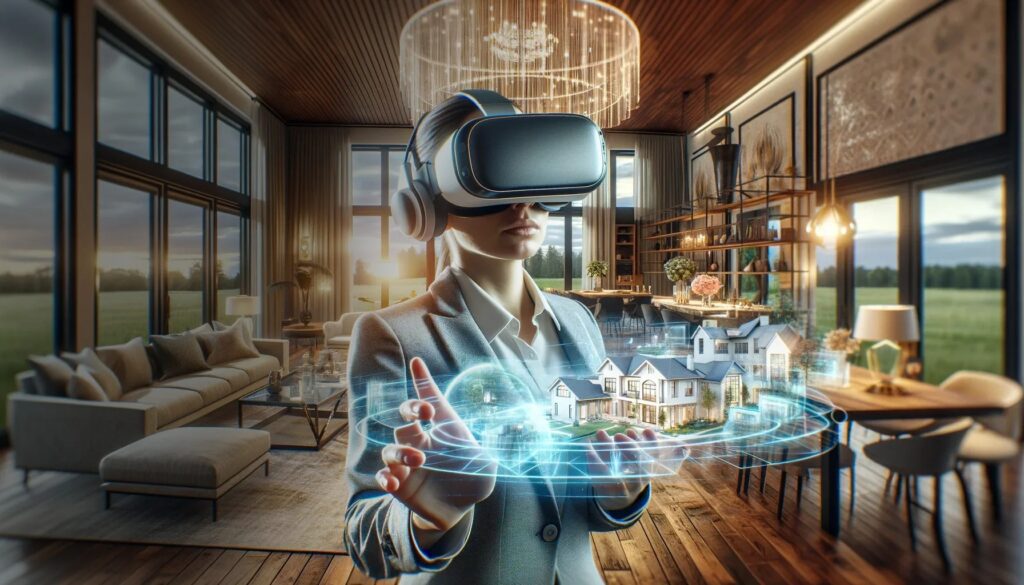Virtual Reality has no limits: the Importance of 360 Degree Tours

Introduction:
In the increasingly interconnected and digitalized world we live in, virtual reality has emerged as a powerful tool for exploring virtual environments and immersive experiences. Within this panorama, 360-degree Tours have stood out as an innovation that further expands the boundaries of virtual reality. These digital structures offer a complete view of an environment from every possible angle, allowing users to fully immerse themselves in an immersive experience.
A Brief History of 360 Degree Tours:
The concept of 360-degree tours has evolved over the years, from the first static digital representations to the dynamic, interactive experiences we know today. They initially emerged as a way to capture and visualize three-dimensional environments in a complete and detailed way. With the advancement of technology, these towers have become essential tools in fields such as tourism, architecture, education, and entertainment.
The Importance of Google Maps in 360-Degree Tours:
Google Maps has played a crucial role in the popularization and usefulness of 360-degree Tours. By integrating this technology into its platform, Google has allowed users to explore virtually any location in the world with an impressive level of detail. 360-degree Tours in Google Maps offer users a near-real experience of being present in a specific location, which is invaluable for travel planning, viewing tourist destinations, and exploring new locations.
Benefits for Small Businesses:
In addition to their usefulness for individual users, 360-degree Tours also offer significant benefits for small businesses. These tools allow them to display their facilities, products, and services in a more attractive and accessible way. For example, a local restaurant can use a 360-degree tour to give potential customers a panoramic view of its interior, virtually inviting them to explore the ambiance and atmosphere of the place before physically visiting. Similarly, a clothing store can use this technology to allow customers to examine its products from all angles, thus improving the online shopping experience.
Conclusion:
In short, 360-degree Tours represent an exciting advancement in the field of virtual reality, offering users the opportunity to explore virtual environments in a complete and immersive way. With the help of platforms like Google Maps, these tools have become accessible to a wide range of users and have proven to be especially beneficial for small businesses by offering an innovative way to display their products and services. In a world where technology continues to advance by leaps and bounds, the 360-degree Towers remind us that virtual reality has no limits.
